We have some fantastic captive bred Ibera greek tortoises for sale. We have hatchings, well started babies (recommended over the more fragile hatchlings) and cute and plump yearlings in stock.
Our Ibera greeks come from European breed stock and exemplify the species standard in both color, and temperament. Ibera Greeks are members of the Testudo family, like Hermanns’, Russians, other Greeks, Marginated and some other popular European species. They reach sizes of 7-11″ on average with most falling in the 9-10″ range. Ibera Greek tortoises are mediocre in terms of care level, and make great additions to any tortoise collection.
Greek Tortoise (Testudo graeca)
Found in North Africa, southwest Asia and southern Europe, the Greek tortoise inhabits a variety of habitats, including some that are particularly arid: rocky hillsides, Mediterranean scrub, forests, fields and meadows are all occupied by the Greek tortoise subspecies. A highly domed carapace joins the singly hinged plastron by a thick bridge. The coloration ranges from yellow-gold to dark brown or black. Flecks, borders, rays and spots on the shell produce a pattern reminiscent of a Greek mosaic, hence the common name. One to three raised scales, spurs or tubercles are located on either side of the tail, on each thigh (these spurs are the reason for the alternate name, the Mediterranean spur-thigh tortoise). The head is blunt with large eyes and the front legs exhibit large scales and thick, powerful claws. The supracaudal shield just above the tail is undivided.
Several subspecies of the Greek tortoise are recognized, which has enabled a high amount of confusion in regard to proper identification of captive specimens. Familiar forms of the Greek tortoise are:
Ibera Greek tortoise (Testudo graeca ibera)
Libyan Greek tortoise (T. g. cyrenaica)
North African Greek tortoise (T. g. graeca)
“Golden” Greek tortoise (T. graeca ssp.)
Tunisian Greek tortoise (T. g. nabulensis)




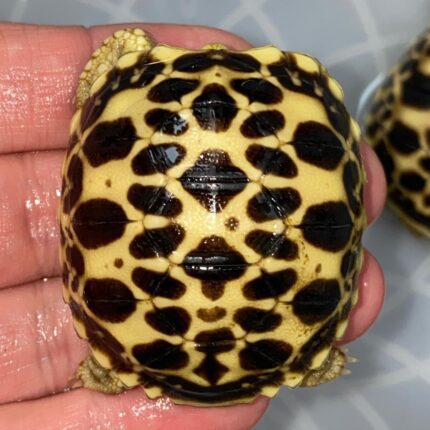
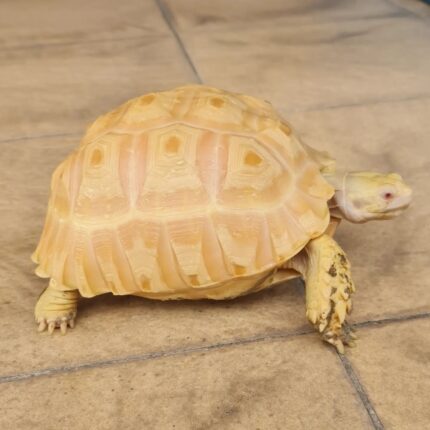


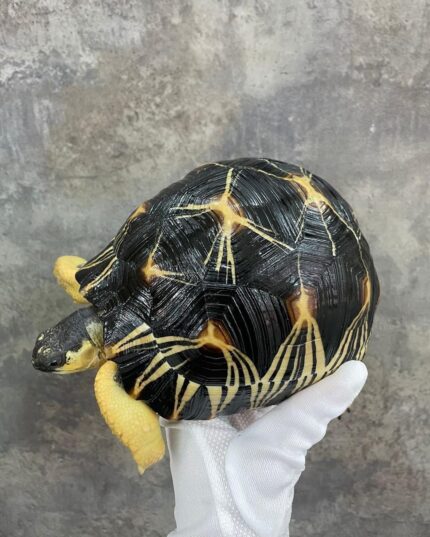
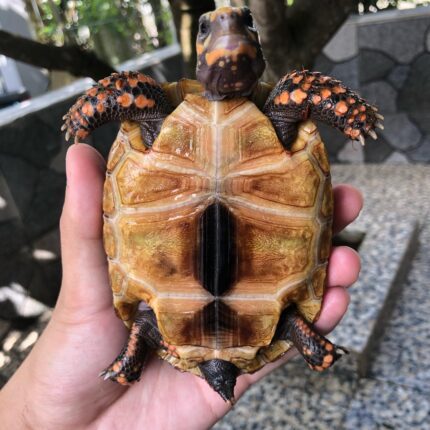

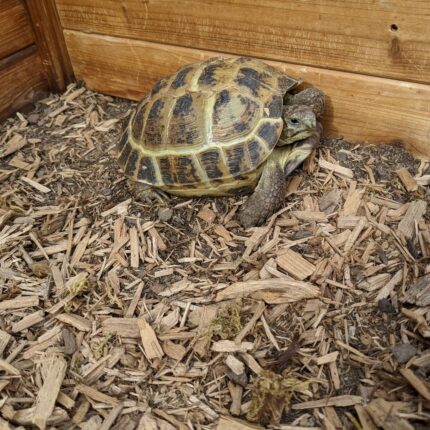
Reviews
There are no reviews yet.